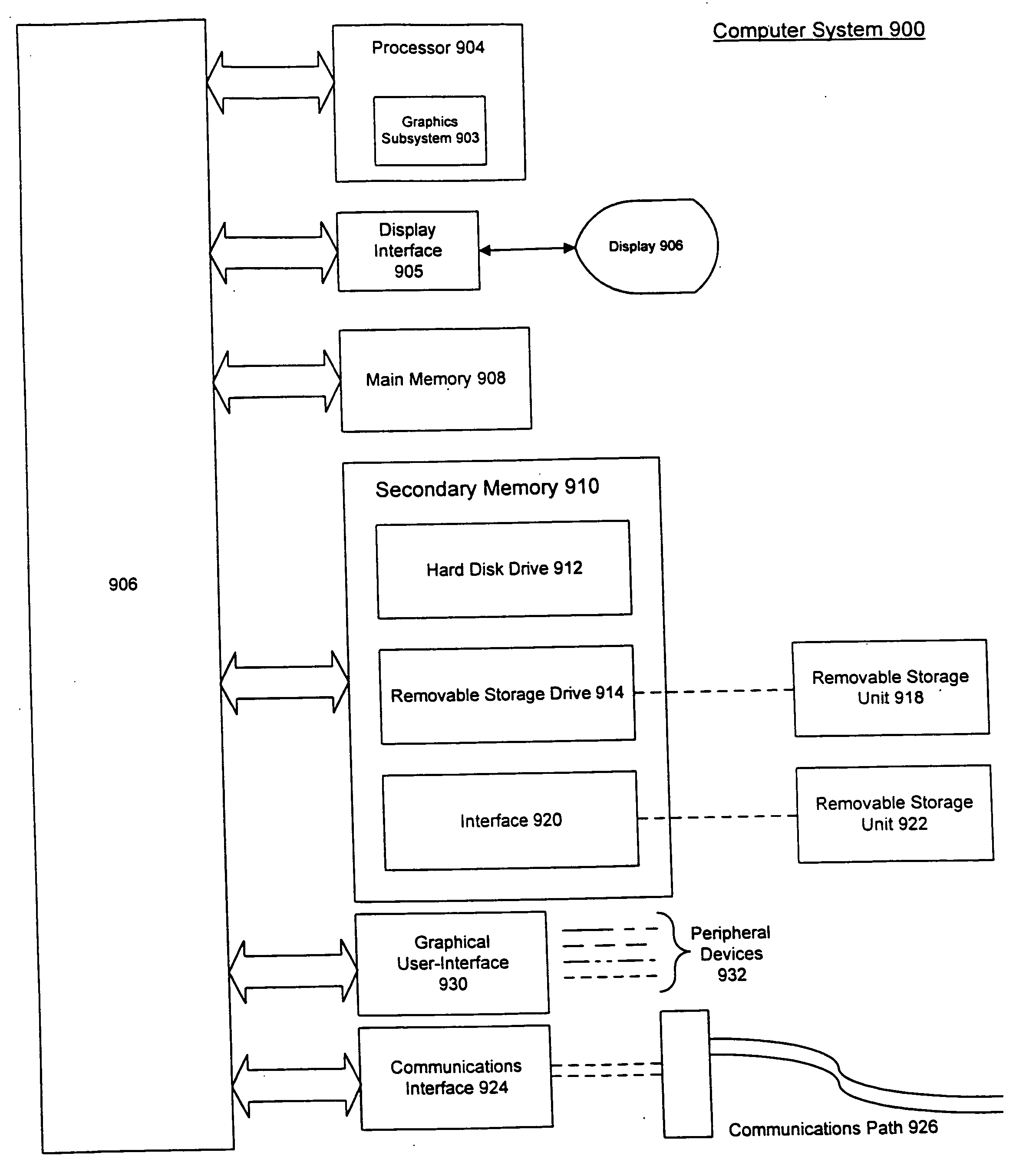Reflection space image based rendering
a technology of reflection space and image, applied in the field of computer graphics, can solve the problems of significant loss in complexity and quality, loss of quality advancement, and inability to dynamically change synthetic objects, etc., and achieve the effect of extending the class of renderings
- Summary
- Abstract
- Description
- Claims
- Application Information
AI Technical Summary
Benefits of technology
Problems solved by technology
Method used
Image
Examples
Embodiment Construction
Table of Contents
[0031] 0. Overview and Terminology
[0032] 1. Routine for Reflection-Spaced Image-Based Imaging [0033] 1.1 Set-up [0034] 1.2 Viewpoint Tracking Loop [0035] 1.3 Warping and Blending Loop
[0036] 2. Radiance Environment Maps [0037] 2.1 Obtaining Radiance Environment Maps
[0038] 3. Reflection Space IBR [0039] 3.1 Sampling View Directions [0040] 3.2 Map Warping [0041] 3.3 Specific Warps [0042] 3.4 Spherical Barycentric Interpolation
[0043] 4. Rendering Algorithm
[0044] 5. Examples 6. Example Implementations
[0045] 7. Example GUI Computer System
[0046] 8. Conclusion
0. Overview and Terminology
[0047] High quality, physically accurate rendering at interactive rates has widespread application, but is a daunting task. The present invention bridges the gap between high quality offline and interactive rendering by using existing environment mapping hardware in combination with a new Image Based Rendering (IBR) algorithm. One aspect of the present invention lies in performing ...
PUM
 Login to View More
Login to View More Abstract
Description
Claims
Application Information
 Login to View More
Login to View More - R&D
- Intellectual Property
- Life Sciences
- Materials
- Tech Scout
- Unparalleled Data Quality
- Higher Quality Content
- 60% Fewer Hallucinations
Browse by: Latest US Patents, China's latest patents, Technical Efficacy Thesaurus, Application Domain, Technology Topic, Popular Technical Reports.
© 2025 PatSnap. All rights reserved.Legal|Privacy policy|Modern Slavery Act Transparency Statement|Sitemap|About US| Contact US: help@patsnap.com



